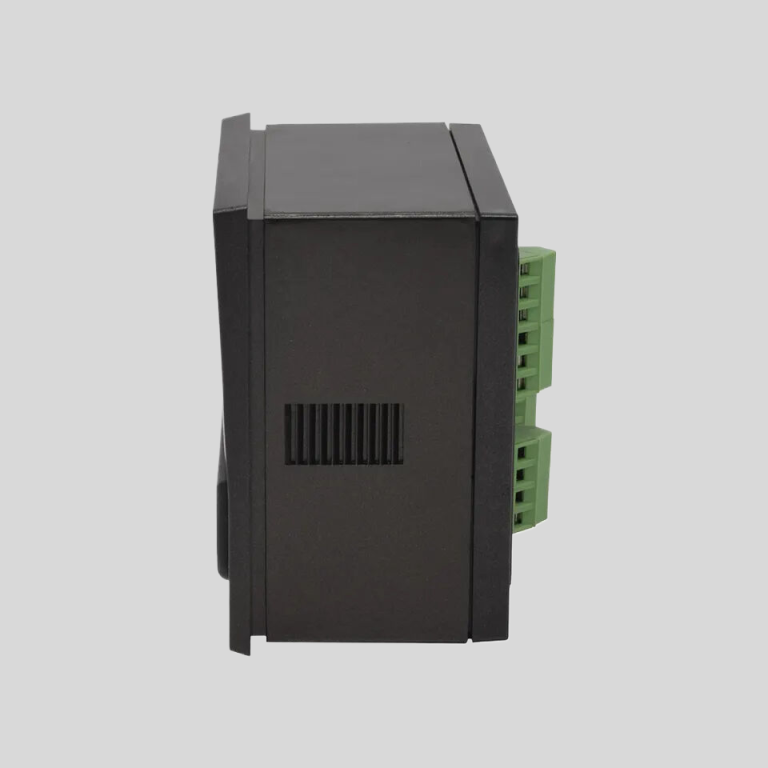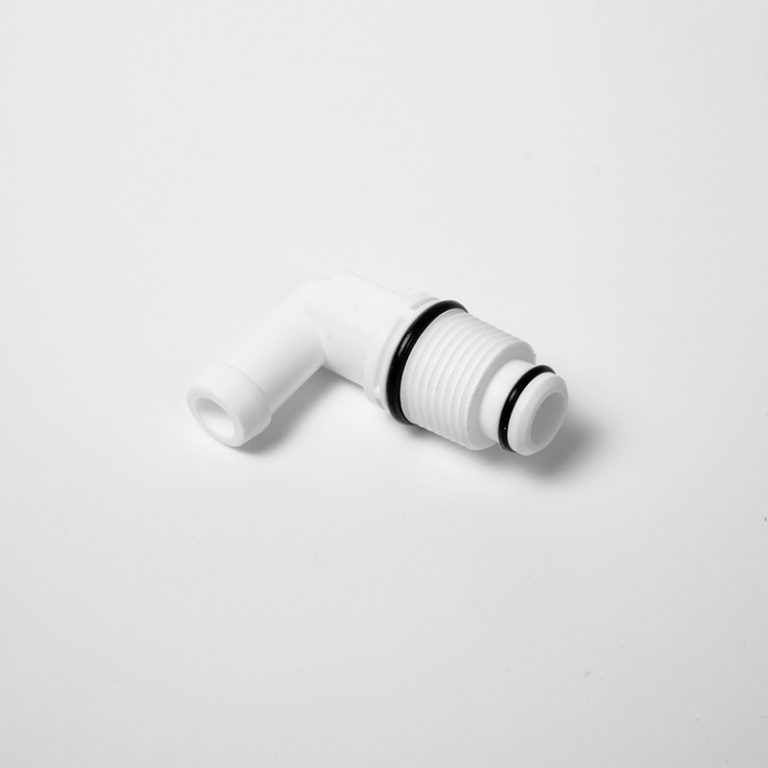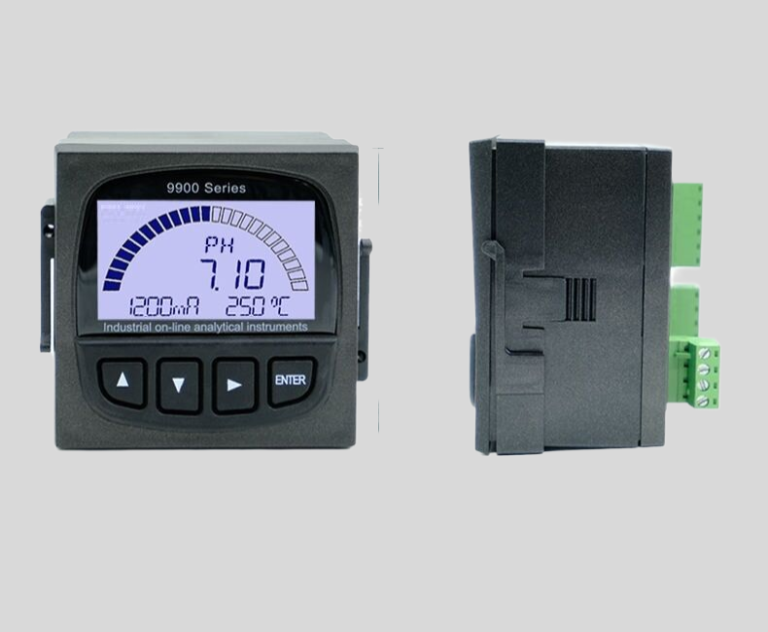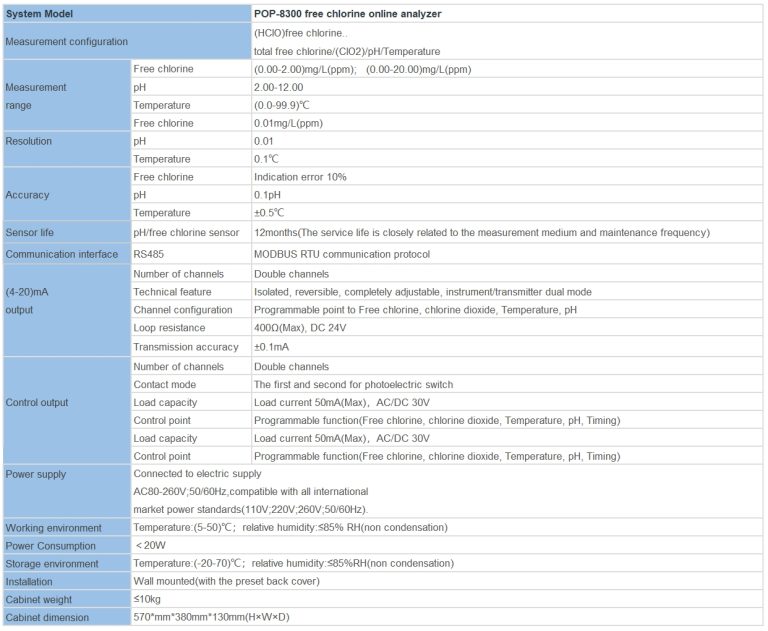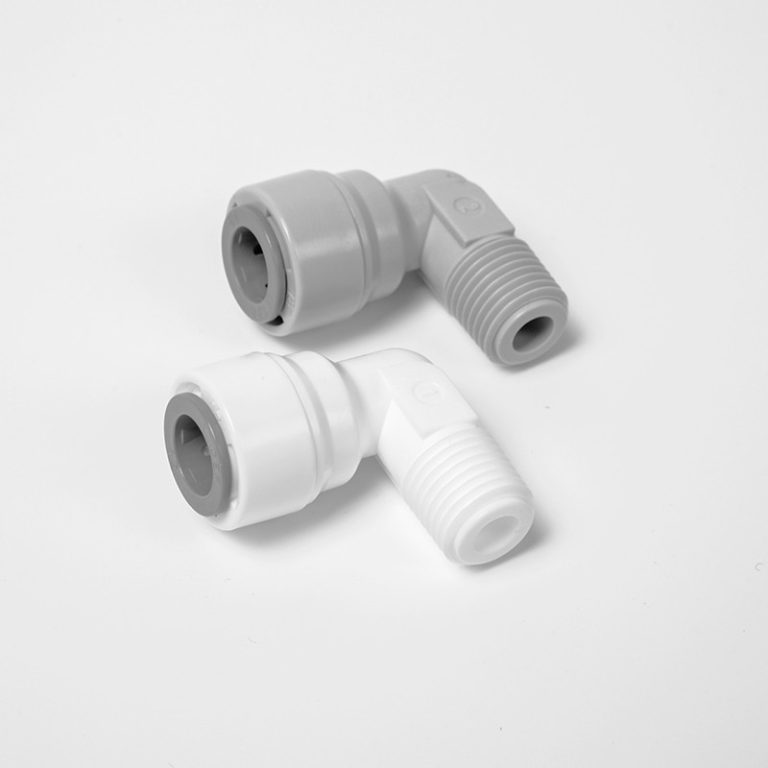“Unlock the Flow: Discover the Power of Water Valve Technology.”
Understanding the Basics of Water Valves
Water valves are an essential component of any plumbing system. They play a crucial role in controlling the flow of water, allowing it to be turned on or off as needed. Understanding how water valves work is important for homeowners and plumbers alike, as it can help prevent leaks, conserve water, and ensure the proper functioning of the entire plumbing system.
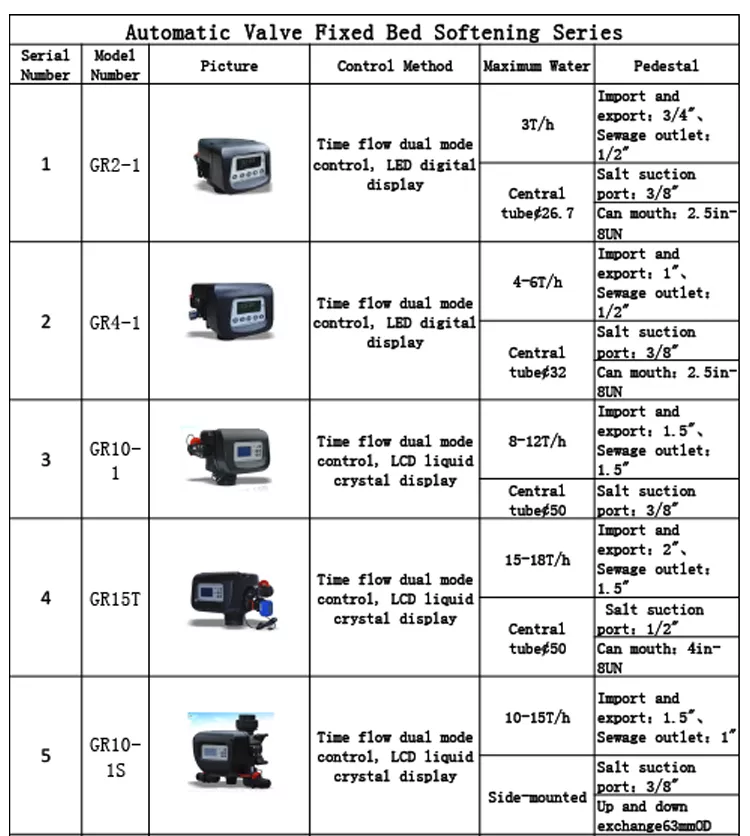
At its most basic level, a water valve is a device that regulates the flow of water through a pipe. It consists of a handle or lever that can be turned to open or close the valve. When the valve is open, water can flow freely through the pipe, while closing the valve stops the flow of water.
There are several types of water valves, each with its own unique mechanism for controlling the flow of water. The most common type is the gate valve, which has a gate or wedge-shaped disc that moves up and down to open or close the valve. When the gate is raised, water can flow through the valve, and when it is lowered, the flow of water is stopped.
Another type of water valve is the ball valve, which uses a ball with a hole in it to control the flow of water. When the ball is aligned with the pipe, water can flow through the valve, and when it is turned perpendicular to the pipe, the flow of water is blocked. Ball valves are known for their durability and reliability, making them a popular choice in many plumbing systems.
In addition to gate valves and ball valves, there are also globe valves, butterfly valves, and check valves, each with its own unique design and mechanism for controlling the flow of water. While the specific workings of these valves may vary, the basic principle remains the same: opening or closing the valve controls the flow of water.
To operate a water valve, simply turn the handle or lever in the appropriate direction. Most valves have a clockwise or counterclockwise motion to open or close the valve, but some may require a quarter turn or multiple turns to fully open or close. It is important to turn the valve slowly and gently to avoid damaging the valve or causing a sudden surge of water.
| Model | Central tube | Drain | Brine tank connector | Base | Power supply parameters | Maximum power | Pressure parameters | Operating temperature |
| 9500 | 1.9″(1.5″) O.D. | 1″NPTF | 3/8″& 1/2″ | 4″-8UN | 24v,110v,220v-50Hz,60Hz | 8.9W | 2.1MPa | 1℃-43℃ |
| 0.14-0.84MPa |
Water valves are typically located at various points throughout a plumbing system, such as under sinks, behind toilets, or in utility rooms. They are often labeled to indicate which direction to turn the handle to open or close the valve. It is important to familiarize yourself with the location of these valves in your home, as they can be crucial in the event of a plumbing emergency or when performing routine maintenance.
In conclusion, water valves are an integral part of any plumbing system. Understanding how they work and how to operate them is essential for homeowners and plumbers alike. By knowing how to properly open and close water valves, you can prevent leaks, conserve water, and ensure the proper functioning of your plumbing system. So take the time to familiarize yourself with the water valves in your home, and never underestimate the importance of this small but crucial component of your plumbing system.

